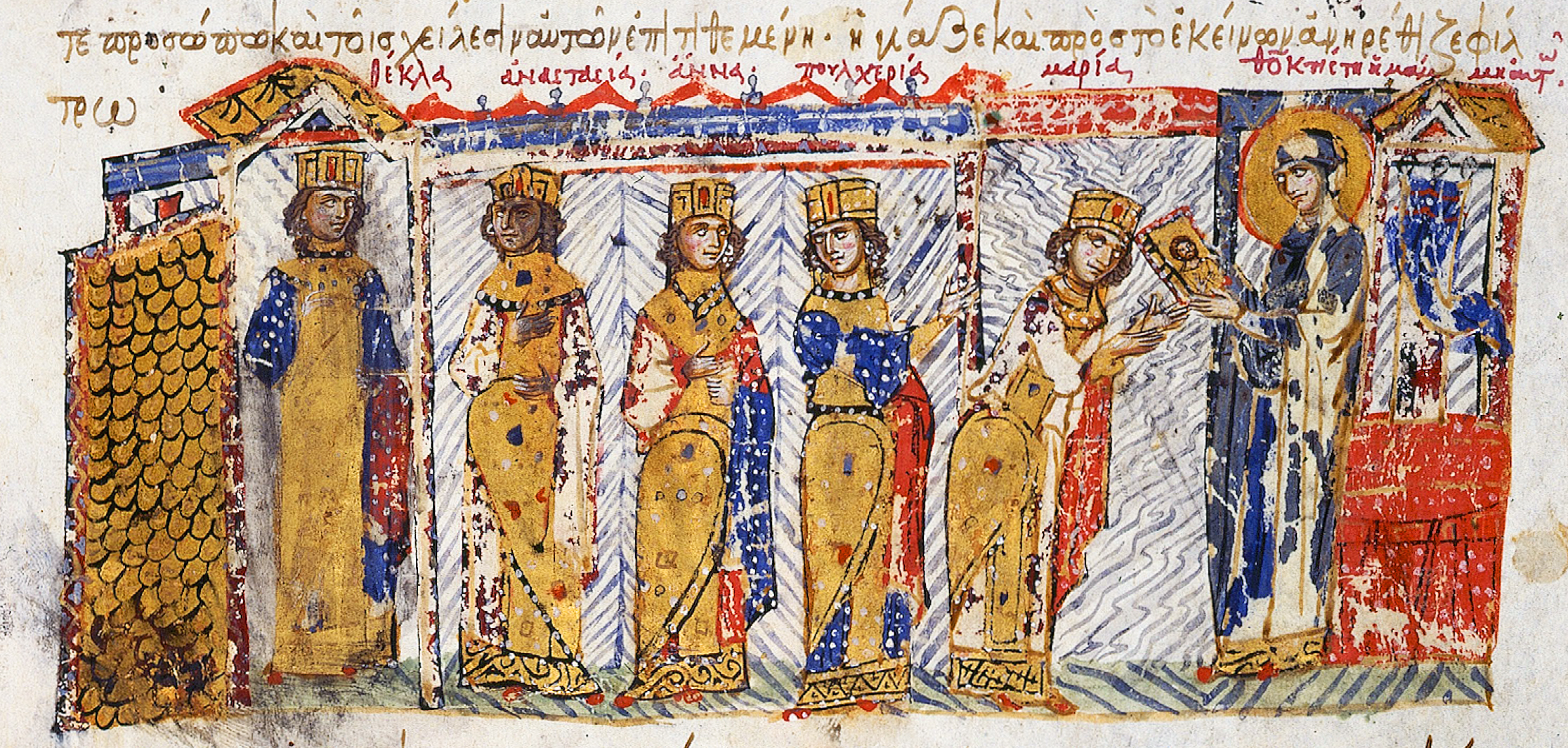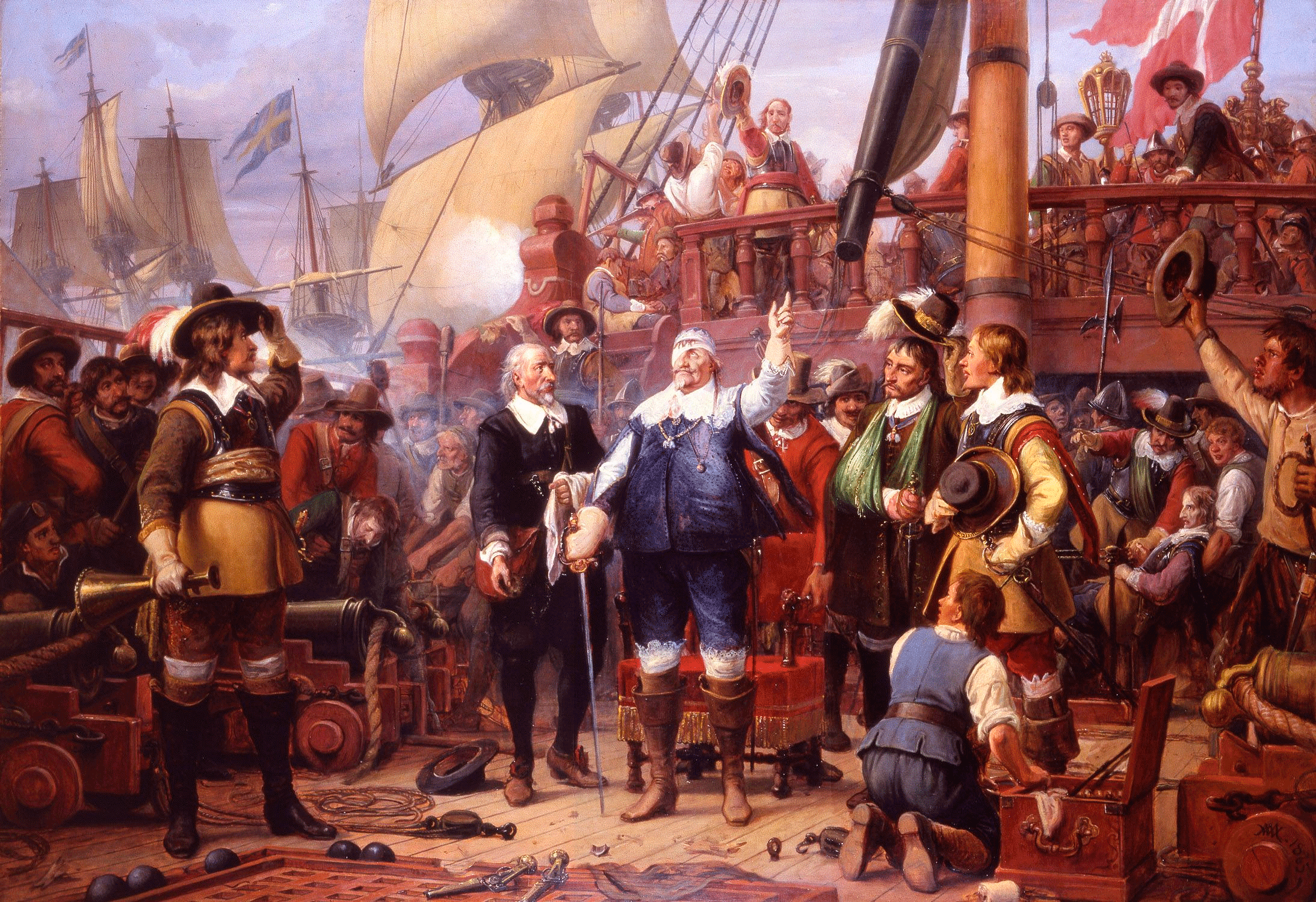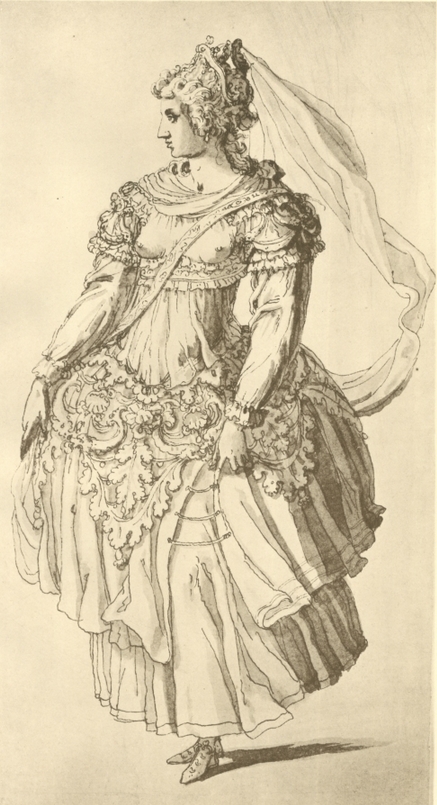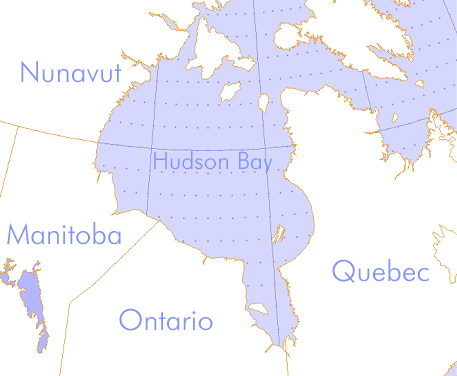|
June 5
Events Pre-1600 * 830 – Theodora is crowned Byzantine empress and marries then emperor Theophilos in the Hagia Sophia. She is credited with restoring orthodoxy and the icons. * 1086 – Tutush, brother of Seljuk sultan Malik Shah, defeats Suleiman ibn Qutalmish, the Turkish ruler of Anatolia in the battle of Ain Salm. * 1257 – Kraków, in Poland, receives city rights. * 1284 – Battle of the Gulf of Naples: Roger of Lauria, admiral to King Peter III of Aragon, destroys the Neapolitan fleet and captures Charles of Salerno. * 1288 – The Battle of Worringen ends the War of the Limburg Succession, with John I, Duke of Brabant, being one of the more important victors. 1601–1900 * 1610 – The masque Tethys' Festival is performed at Whitehall Palace to celebrate the investiture of Henry Frederick, Prince of Wales. *1644 – The Qing dynasty's Manchu forces led by the Shunzhi Emperor take Beijing during the collapse of the Ming dynasty ... [...More Info...] [...Related Items...] OR: [Wikipedia] [Google] [Baidu] |
Theodora (wife Of Theophilos)
Theodora ( Greek: Θεοδώρα; 815 – c. 867), sometimes called Theodora the Armenian or Theodora the Blessed, was Byzantine empress as the wife of Byzantine emperor Theophilos from 830 to 842 and regent for the couple's young son Michael III, after the death of Theophilos, from 842 to 856. Theodora is most famous for bringing an end to the second Byzantine Iconoclasm (814–843), an act for which she is recognized as a saint in the Eastern Orthodox Church. Though her rule saw the loss of most of Sicily and failure to retake Crete, Theodora's foreign policy was otherwise highly successful; by 856, the Byzantine Empire had gained the upper hand over both the Bulgarian Empire and the Abbasid Caliphate, and the Slavic tribes in the Peloponnese had been forced to pay tribute, all without decreasing the imperial gold reserve. Possibly of Armenian descent, Theodora was born into a rural family of traders and military officials in Paphlagonia. In 830 she was selected by Euph ... [...More Info...] [...Related Items...] OR: [Wikipedia] [Google] [Baidu] |
Roger Of Lauria
Roger of Lauria (''c''. 1245 – 17 January 1305), was a Calabrian knight who served the Crown of Aragon as admiral of the Aragonese navy during the War of the Sicilian Vespers. He was probably the most successful and talented naval tactician of the Middle Ages. He is known as Ruggero or Ruggiero di Lauria in Italian and Roger de Llúria in Catalan language, Catalan. Biography Roger of Lauria was born at Lauria (or Scalea) in what is now southern Italy, the son of Richard of Lauria, Great Justiciar of the Kingdom of Sicily, and Bella d'Amichi, Donna Bella, a nurse of Constance of Sicily, Queen of Aragon, Constance of Sicily. His father had served under King Manfred of Sicily, a Hohenstaufen; when the last member of that family, Conradin of Swabia, was beheaded at Naples in 1268, he and his mother took refuge with other Guelphs and Ghibellines, Ghibelline exiles at Barcelona, part of the Crown of Aragon. Naval career Later King Peter III of Aragon, who had married Constance ... [...More Info...] [...Related Items...] OR: [Wikipedia] [Google] [Baidu] |
Manchu People
The Manchus (; ) are a Tungusic peoples, Tungusic East Asian people, East Asian ethnic group native to Manchuria in Northeast Asia. They are an officially recognized Ethnic minorities in China, ethnic minority in China and the people from whom Manchuria derives its name. The Later Jin (1616–1636), Later Jin (1616–1636) and Qing dynasty, Qing (1636–1912) dynasties of China were established and ruled by the Manchus, who are descended from the Jurchen people who earlier established the Jin dynasty (1115–1234), Jin dynasty (1115–1234) in northern China. Manchus form the largest branch of the Tungusic peoples and are distributed throughout China, forming the fourth largest ethnic group in the country. They are found in 31 Chinese provincial regions. Among them, Liaoning has the largest population and Hebei, Heilongjiang, Jilin, Inner Mongolia and Beijing have over 100,000 Manchu residents. About half of the population live in Liaoning and one-fifth in Hebei. There are a ... [...More Info...] [...Related Items...] OR: [Wikipedia] [Google] [Baidu] |
Qing Dynasty
The Qing dynasty ( ), officially the Great Qing, was a Manchu-led Dynasties of China, imperial dynasty of China and an early modern empire in East Asia. The last imperial dynasty in Chinese history, the Qing dynasty was preceded by the Ming dynasty and succeeded by the Republic of China (1912–1949), Republic of China. At its height of power, the empire stretched from the Sea of Japan in the east to the Pamir Mountains in the west, and from the Mongolian Plateau in the north to the South China Sea in the south. Originally emerging from the Later Jin (1616–1636), Later Jin dynasty founded in 1616 and proclaimed in Shenyang in 1636, the dynasty seized control of the Ming capital Beijing and North China in 1644, traditionally considered the start of the dynasty's rule. The dynasty lasted until the Xinhai Revolution of October 1911 led to the abdication of the last emperor in February 1912. The multi-ethnic Qing dynasty Legacy of the Qing dynasty, assembled the territoria ... [...More Info...] [...Related Items...] OR: [Wikipedia] [Google] [Baidu] |
1644
It is one of eight years (CE) to contain each Roman numeral once (1000(M)+500(D)+100(C)+(-10(X)+50(L))+(-1(I)+5(V)) = 1644). Events January–March * January 22 – The Royalist Oxford Parliament is first assembled by King Charles I of England. * January 26 – First English Civil War: Battle of Nantwich – The Parliamentarians defeat the Royalists, allowing them to end the 6-week siege of the Cheshire town. * January 30 **Dutch explorer Abel Tasman departs from Batavia in the Dutch East Indies (modern-day Jakarta in Indonesia) on his second major expedition for the Dutch East India Company, to map the north coast of Australia. Tasman commands three ships, ''Limmen'', ''Zeemeeuw'' and ''Braek'', and returns to Batavia at the beginning of August with no major discoveries. ** Battle of Ochmatów: Polish–Lithuanian Commonwealth forces under hetman Stanisław Koniecpolski secure a substantial victory over the horde of Crimean Tatars under Tugay ... [...More Info...] [...Related Items...] OR: [Wikipedia] [Google] [Baidu] |
Henry Frederick, Prince Of Wales
Henry Frederick, Prince of Wales, (19 February 1594 – 6 November 1612), was the eldest son and heir apparent of King James VI and I and Anne of Denmark, Queen Anne. His name derives from his grandfathers: Henry Stuart, Lord Darnley; and Frederick II of Denmark. Prince Henry was widely seen as a bright and promising heir to the Throne of England, English, Monarchy of Ireland, Irish, and Scottish thrones. However, at the age of 18, he predeceased his father, dying of typhoid fever. His younger brother, the future Charles I of England, Charles I, succeeded him as heir apparent to the thrones. Early life Henry was born on 19 February 1594 at Stirling Castle, Scotland, and automatically received the titles Duke of Rothesay, Earl of Carrick, Baron of Renfrew (title), Baron of Renfrew, Lord of the Isles, and Prince and Great Steward of Scotland at birth. His nurses included Margaret Masterton, Mistress Primrose and Mistress Bruce. His baptism, held on 30 August 1594, was celebrat ... [...More Info...] [...Related Items...] OR: [Wikipedia] [Google] [Baidu] |
Whitehall Palace
The Palace of Whitehall – also spelled White Hall – at Westminster was the main residence of the English monarchs from 1530 until 1698, when most of its structures, with the notable exception of Inigo Jones's Banqueting House of 1622, were destroyed by fire. Henry VIII moved the royal residence to Whitehall after the old royal apartments at the nearby Palace of Westminster were themselves destroyed by fire. Although the Whitehall palace has not survived, the area where it was located is still called Whitehall and has remained a centre of the British government. Whitehall was at one time the largest palace in Europe, with more than 1,500 rooms, before itself being overtaken by the expanding Palace of Versailles, which was to reach 2,400 rooms. At its most expansive, the palace extended over much of the area bordered by Northumberland Avenue in the north; to Downing Street and nearly to Derby Gate in the south; and from roughly the elevations of the current buildings fac ... [...More Info...] [...Related Items...] OR: [Wikipedia] [Google] [Baidu] |
Tethys' Festival
''Tethys' Festival'' was a masque produced on 5 June 1610 to celebrate the investiture of Prince Henry (1594–1612) as Prince of Wales. Prince Henry, the son of James VI and I and Anne of Denmark, was made Prince of Wales in June 1610. Among the formalities and festivities of the occasion, the masque ''Tethys' Festival'' was performed by courtiers at Whitehall Palace. The script was written by Samuel Daniel at the request of the queen, who appeared in person as Tethys, a goddess of the sea. Inigo Jones designed the staging and scenery. A narrative of the masque was printed and a courtier also wrote a description of the event. The City of London had staged their pageant ''London's Love to Prince Henry'' on the Thames on 31 May. During the performance Anne of Denmark gave Prince Henry an engraved sword, which may be the jewelled sword surviving in the Wallace Collection. The sword, set with diamonds, was supplied by the goldsmiths George Heriot and John Spilman, and describ ... [...More Info...] [...Related Items...] OR: [Wikipedia] [Google] [Baidu] |
1610
Some have suggested that 1610 may mark the beginning of the Anthropocene, or the 'Age of Man', marking a fundamental change in the relationship between humans and the Earth system, but earlier starting dates (ca. 1000 C.E.) have received broader consensus, based on high resolution pollution records that show the massive impact of human activity on the atmosphere. Events January–March * January 6 – ''Nossa Senhora da Graça'' incident: A Portuguese carrack sinks near Nagasaki, after fighting Japanese samurai for four nights. * January 7 – Galileo Galilei first observes the four Galilean moons of Jupiter: Ganymede, Callisto, Europa and Io, but is unable to distinguish the latter two until the following day. * February 24 – English courtier Thomas Roe sets out on an expedition to The Guianas and Amazon River. * March 13 – Galileo Galilei's treatise on astronomy, ''Sidereus Nuncius'', the first printed scientific record of observations thr ... [...More Info...] [...Related Items...] OR: [Wikipedia] [Google] [Baidu] |
John I, Duke Of Brabant
John I, also called John the Victorious (1252/533 May 1294) was Duke of Brabant (1267–1294), Lothier and Limburg (1288–1294). During the 13th century, John I was venerated as a folk hero. He has been painted as the perfect model of a brave, adventurous and chivalrous feudal prince. Life Born in Leuven, he was the son of Henry III, Duke of Brabant and Aleidis of Burgundy, daughter of Hugh IV, Duke of Burgundy. He was also an older brother of Maria of Brabant, Queen consort of Philip III of France. In 1267 his older brother Henry IV, Duke of Brabant, being mentally deficient, was deposed in his favour. John's greatest military victory was the Battle of Worringen 1288, by which John I came to reign over the Duchy of Limburg. He was completely outnumbered in forces but led the successful invasion into the Rhineland to defeat the confederacy. In 1288 Limburg was formally attached to Brabant. John I was said to be a model of feudal prince: brave, adventurous; excelling in ... [...More Info...] [...Related Items...] OR: [Wikipedia] [Google] [Baidu] |
War Of The Limburg Succession
The War of the Limburg Succession was a conflict between 1283 and 1289 for the succession in the Duchy of Limburg. The war was fought between Reginald I of Guelders, who married the daughter and heiress of the last Duke of Limburg, and the Duke of Brabant. Causes The cause of the War of the Limburg Succession was the death of Waleran IV, Duke of Limburg in 1280, and his only daughter Ermengarde of Limburg in 1283. Waleran IV had no sons and Ermengarde had no children. Ermergarde had married Reginald I of Guelders, who now claimed the Duchy of Limburg. However, Waleran's nephew Adolf VIII of Berg, son of his elder brother Adolf VII of Berg, also claimed the Duchy. Unable to assert his claims, he sold them in 1283 to the mighty John I, Duke of Brabant. Course of war Between 1283 and 1288, several smaller confrontations occurred between both sides, none of them decisive. Meanwhile, most of the other local powers chose sides. Siegfried II of Westerburg, the Archbishop of Cologn ... [...More Info...] [...Related Items...] OR: [Wikipedia] [Google] [Baidu] |
Battle Of Worringen
The Battle of Worringen was fought on 5 June 1288 near the town of Worringen (also spelled Woeringen), which is now part of Chorweiler, the northernmost borough (Stadtbezirk) of Cologne. It was the decisive battle of the War of the Limburg Succession, fought for the possession of the Duchy of Limburg between on one side the Archbishop Siegfried II of Westerburg, Siegfried II of Cologne and Count Henry VI, Count of Luxembourg, Henry VI of Luxembourg, and on the other side, Duke John I, Duke of Brabant, John I of Brabant. Prelude The conflict arose after Duke Waleran IV, Duke of Limburg, Waleran IV of Limburg, a scion of the Lotharingian Ardennes-Verdun dynasty, had died without male heirs in 1279. His duchy was inherited by his daughter Ermengarde of Limburg, Ermengarde, who had married Count Reginald I of Guelders about 1270. Her husband claimed the Limburg heritage and in 1282 had his ducal title recognized by the German king Rudolf I of Germany, Rudolf I. The marriage of R ... [...More Info...] [...Related Items...] OR: [Wikipedia] [Google] [Baidu] |







